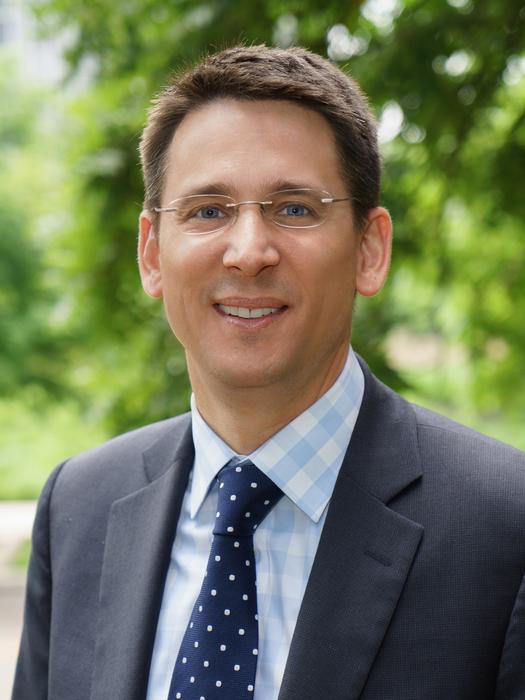COLUMBUS, Ohio – Nearly half of counties in the United States have at least one ‘pharmacy desert’ where there is no retail pharmacy within 10 miles, according to a new study published by researchers at The Ohio State University Comprehensive Cancer Center – Arthur G. James Cancer Hospital and Richard J. Solove Research Institute (OSUCCC – James).

Credit: The Ohio State University Wexner Medical Center
COLUMBUS, Ohio – Nearly half of counties in the United States have at least one ‘pharmacy desert’ where there is no retail pharmacy within 10 miles, according to a new study published by researchers at The Ohio State University Comprehensive Cancer Center – Arthur G. James Cancer Hospital and Richard J. Solove Research Institute (OSUCCC – James).
“As pharmacies close, more and more Americans are left without easy access to medications, with disproportionate consequences on certain communities. We found that patients in counties with higher social vulnerabilities and fewer primary care providers were up to 40% more likely to reside in a region with a pharmacy desert,” said Timothy Pawlik, MD, senior author of the study and holder of the Urban Meyer III and Shelley Meyer Chair for Cancer Research at the OSUCCC – James. Pawlik also serves as surgeon-in-chief at The Ohio State University Wexner Medical Center and as chair of the Department of Surgery in the Ohio State College of Medicine.
The U.S. Centers for Disease Control (CDC) defines social vulnerability as “potential negative effects on communities caused by external stresses on human health.”
“These findings highlight how disparities compound the lack of access to basic health care and how it can lead to many people not taking their prescribed medications and having worse health outcomes, especially for chronic conditions like diabetes and hypertension,” Pawlik added.
Study results were published today in JAMA Network Open.
Methods and Results
Researchers reviewed data on communities located less than 10 miles from the nearest retail pharmacy from the publicly available TelePharm Map. Counties were noted as having a high pharmacy desert density if the number of pharmacy deserts per 1,000 residents was in the 75th percentile. Social vulnerability index (SVI) and healthcare provider data were obtained from the CDC’s Agency for Toxic Substances and Disease Registry and the Area Health Resource File databases, respectively. The researchers used statistical methods to analyze the relationships between these factors.
The study found almost 46% of the 3,143 counties had at least one pharmacy desert. Counties with a high density of pharmacy deserts had higher social vulnerability and fewer primary care providers. People in these high-density pharmacy desert areas were more likely to face difficulties accessing medications and healthcare services.
Collaborators in this study include Giovanni Catalano, MD, Muhammad Muntazir Mehdi Khan, MBBS, and Odysseas P. Chatzipanagiotou, MD.
###
Journal
JAMA Network Open
Method of Research
Data/statistical analysis
Subject of Research
Not applicable
Article Title
Pharmacy Accessibility and Social Vulnerability
Article Publication Date
23-Aug-2024
COI Statement
No conflicts of interest disclosed.



